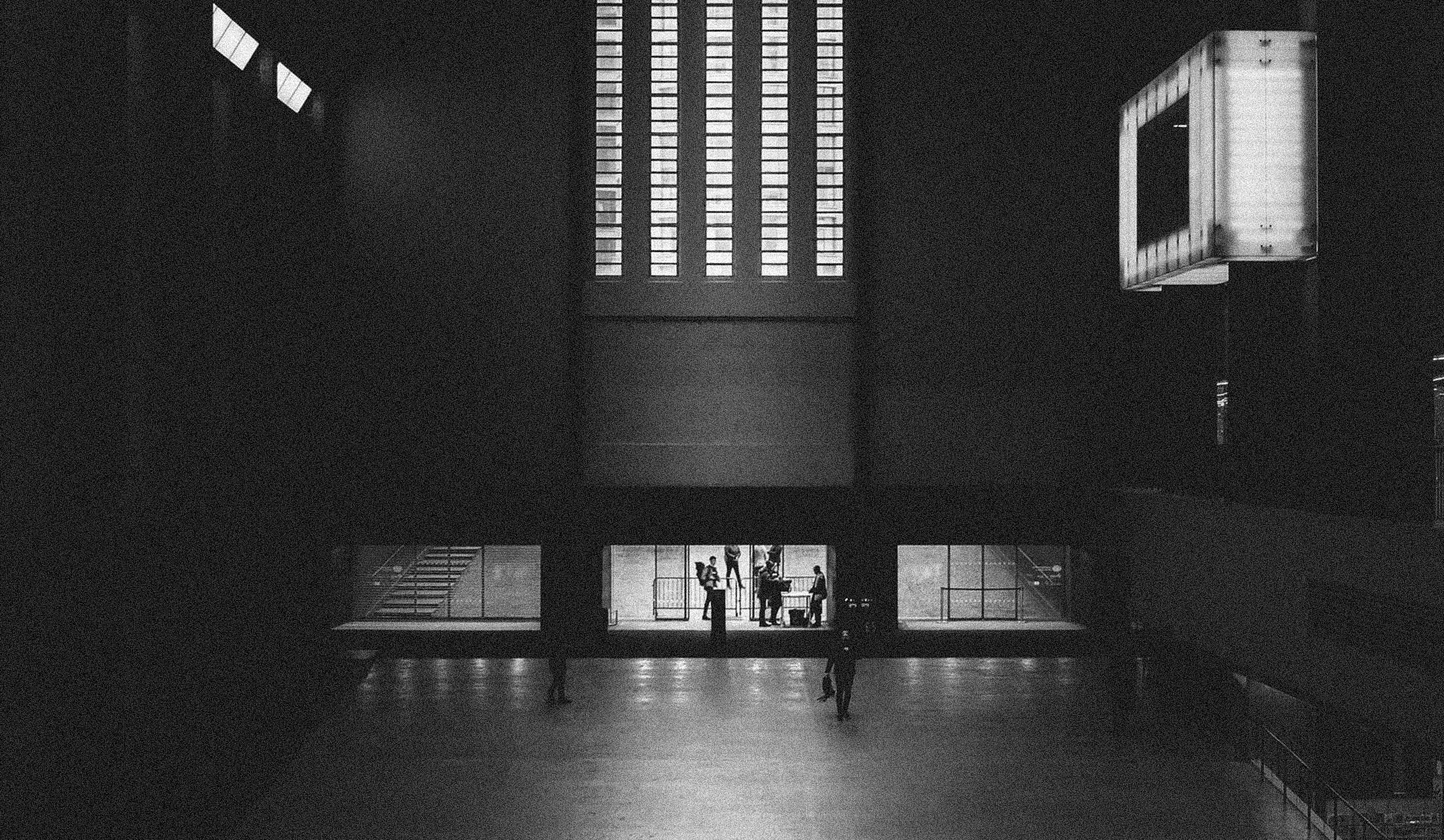Hierofany of pop culture Messiah
Pop culture Hierophany, or manifestations of the sacrum, is carried out in commercial spaces of modern department stores. Where each of us can find our own private messiah in one of the multi worlds of mass culture.
I remember that the day I stood in front of the entrance to the “factory of art”, my amazement was mingled with admiration. I was surprised and overwhelmed by the monumental simplicity of the British power plant building, which houses the Tate Modern gallery. Adaptation of this type of object to the needs of a gallery is nothing new, however the impression of encountering the “extraordinary” remained. Carrying this important first impression with me, I entered the building.
I found myself in a vast space with a high vaulted ceiling. On the opposite wall shined slender, industrial windows. There was no way to refrain from the reflection that here I was in a post-modernist cathedral. I automatically associated these thoughts with the “new” religiosity of a consumer society – the spiritual feeling of a man standing in the enormous spaces of department stores that surround him. People increasingly more often, instead of going to church, choose such places, these monumental palaces of consumption, which have become a type of profane temples. These temples arouse emotions and amazement at the grandeur of their size, exotic scents, the brightness of light, the curiosity of whispers of noise and sound; In a strange way disturbing or fulfilling the existential void of modernity, which “killed” God, a Void, to which religion cannot find a remedy.
Pop culture Hierophany [1], or manifestations of the sacrum, is carried out in commercial spaces of modern department stores. Where each of us can find our own private messiah in one of the multi worlds of mass culture. Eliade pointed out the possibility of the sphere of the “sacrum” and the sphere of the “profane” overlapping. For the atheist, the church will be only an ordinary building, while for a believer it will be a place of the appearance of the sacred.
Postmodernism brought freedom to man from the old-Christian God. Consumerism, mass culture and new technologies have now enabled each of us to have our own private Creator, which we can “personalise” like a laptop or smart phone by adding or subtracting the most convenient dogmatic options, as you please!
The new mysticism is closer to the ephemeral pop culture multi-worlds, that is, to the idea of “being in between” rather than the “mysterium tremendum” of the old gods (…).
Modern man “feels” the presence of God but interprets it in his own way, cannot judge if it is “real”, does not know whether it arises from the need to justify life, or if perhaps it is an echo of the engrained Catholic catechesis from childhood? The new mysticism is closer to the ephemeral pop culture multi worlds, that is, to the idea of “being in between” (see Metauniverse – the reality of music videos) rather than the “mysterium tremendum” of the old gods, where “duty is everything: The greatest of joys, the deepest of sorrows.” [2]
And yet, the “teleshamans” from the global village following the patterns of ancient man are looking for signs in ordinary things and affairs that happen each and every day… From time to time they “feel” that for a second they saw the world differently that they saw a “Matrix error”. A leaf from the tree fell differently, the digits on the electronic display have put in another, incomprehensible meaning from another time, or perhaps from another life?
Yes, followers of “private gods” like to swap the boring Heaven and overrated Hell for Reincarnation. There is something beautiful and sad in this philosophy of eternal rebirth and forgetting, this eternal reset of consciousness with the hope that one day our internal system will work and we will be able to log in to God.
[1] Hierophany is a revelation of holiness, every intrusion of the sacred into the realm of profane; a key term in the theory of Romanian religious expert Mircea Eliade.
[2] Aribeth de Tylmarande, RPG “Neverwinter Nights”.


